Conducting Observations in Early Childhood Settings: Who, What, When, and How
November 9, 2023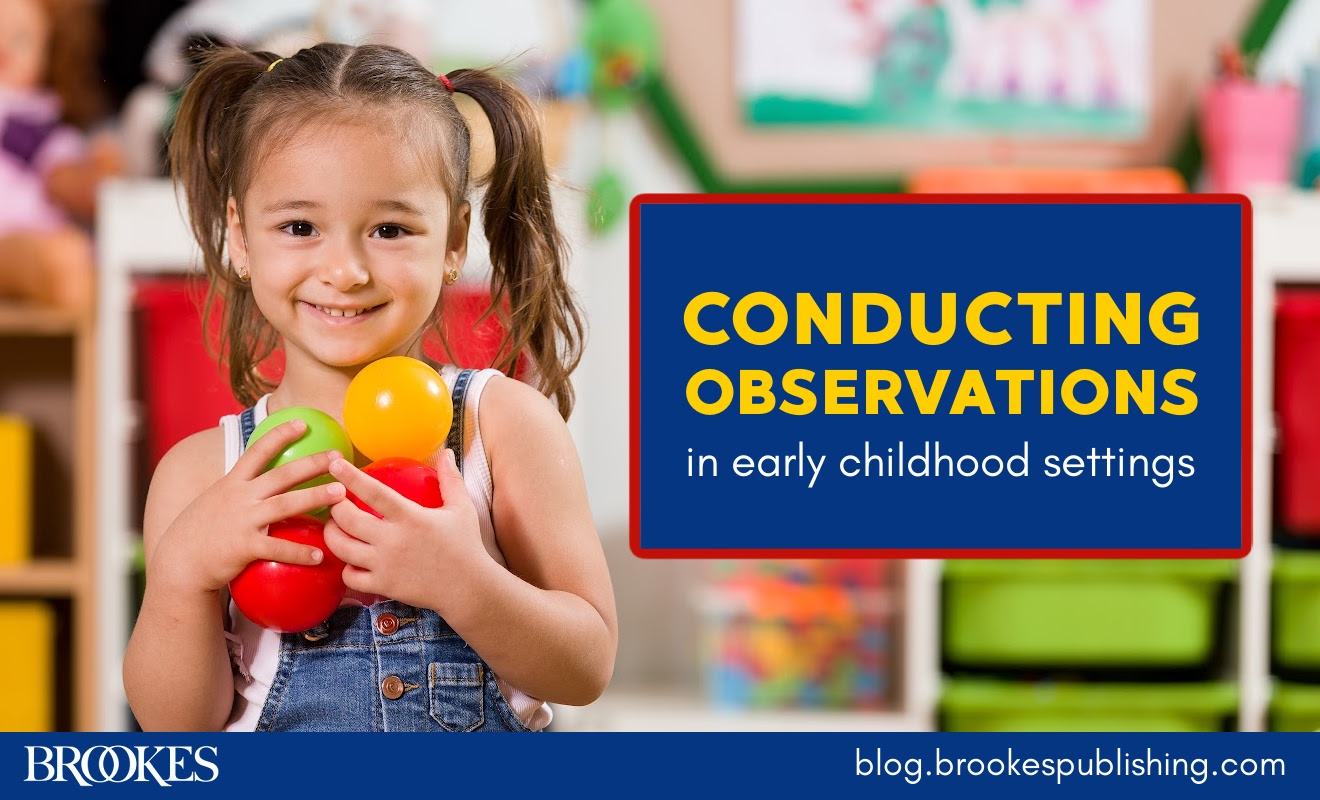
Early childhood educators need to master the art of making sound decisions for the children and families they serve. The first essential step toward making those decisions? Conducting observations to gather reliable information on the child during their daily interactions with others.
Excerpted and adapted from the new edition of Assessing Young Children in Inclusive Settings (Kristie Pretti-Frontczak & Jennifer Grisham, with Lynn D. Sullivan), today’s post takes you through the four guiding principles of observing children:
- What to observe
- Who conducts the observation
- When and where to conduct the observation
- How often to conduct observations
What to Observe
Observation is more than looking at a specific event or activity in an early childhood classroom. It’s not helpful to watch without purpose or engage in forced observations to see whether a child can demonstrate a preset number of arbitrary skills in a prescribed sequence. Rather, observation involves watching an interaction, activity, or event in which a child is engaged to gain information about the child.
Before observation, be sure to clearly define what you are watching for. For example, are you observing how a child interacts with other children, how they use objects and toys, or how long they can remain with a group? If a child is playing at the water table and splashing, pouring, sharing, and so forth, which behavior should be observed, noted, and considered important?
The skills and behaviors of interest should also be observable. Observable skills and behaviors are those that can be seen and/or heard and that multiple people can agree have occurred (i.e., the behaviors are actions that have a beginning and end). For example, “Child prints any three upper- or lowercase letters without a model” is a specific and observable skill.
Who Observes
To ensure that information is valid and reliable, multiple team members should observe children. Team members can include teachers, teaching assistants, related service providers, family members, and community child care providers.
Responsibility for observing should be shared across team members for at least three reasons. Shared responsibility:
- permits the observations across perspectives and settings, limiting the influences of cultural norms or biases
- allows for more opportunities to observe a child to get an accurate picture of their skills and abilities
- ensures that trustworthy conclusions are made about a child’s development and learning (particularly when responsibility is shared with caregivers)
When and Where to Observe
Observations of a young child should be conducted in familiar settings with familiar objects. These authentic situations ensure that children are observed when they are likely or need to use the skills and/or processes of interest. For example, if the behavior “uses phrases to request objects” is the target of observation, then the child should be observed during ongoing and daily activities when they need to make verbal requests (e.g., when they request a toy, an object, or food). Teachers can’t always collect data during ongoing activities given other responsibilities (e.g., facilitating the activity, positioning children, preparing materials), but with advance planning and efficient data collection methods, it’s possible to incorporate observations into the daily routine.
Keep in mind that observations can be spontaneous and unpredictable. Resist the temptation to observe by taking the child to a quiet, individual setting to see if they can do something or know something. If you’re using computerized assessment or child progress monitoring software, you should conduct observations during ongoing activities, record notes, and then enter data into the computer later, instead of simultaneously testing the child and entering data.
How Often to Observe
In general, teachers need to monitor children’s performance often enough to provide an accurate picture of performance across environments (e.g., home, school) and to ensure that all children have access to and are making progress in the general curriculum and on individualized educational program (IEP) goals and objectives.
That said, it’s important to consider what you want to know about a child’s performance. For example, do you want to know how often the child performs the behavior, know how well the child performs the behavior, or determine the amount of assistance the child needs to perform the behavior? Answers to questions such as these will guide how often your observations are needed. You’ll also need to consider existing resources (e.g., training, time, staff availability) when determining how often to observe.
This post provided a quick outline of the first step in the decision-making process—gathering information about children by observing daily routines and activities. For additional recommended practices for gathering information, as well as in-depth coverage of the other steps in the decision-making process, pick up the book that inspired today’s blog post!

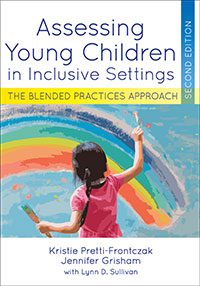
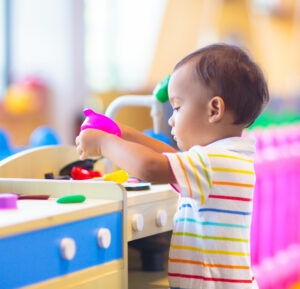
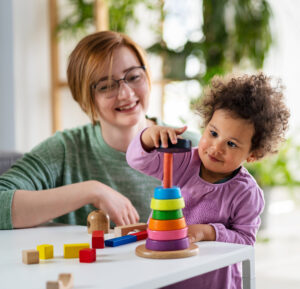
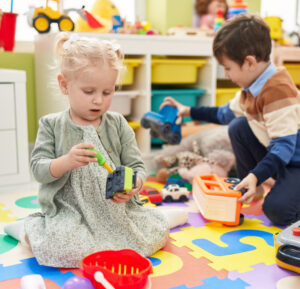
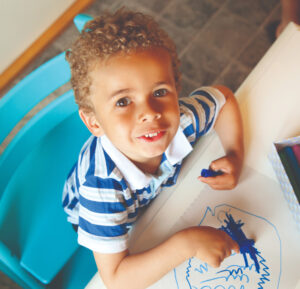
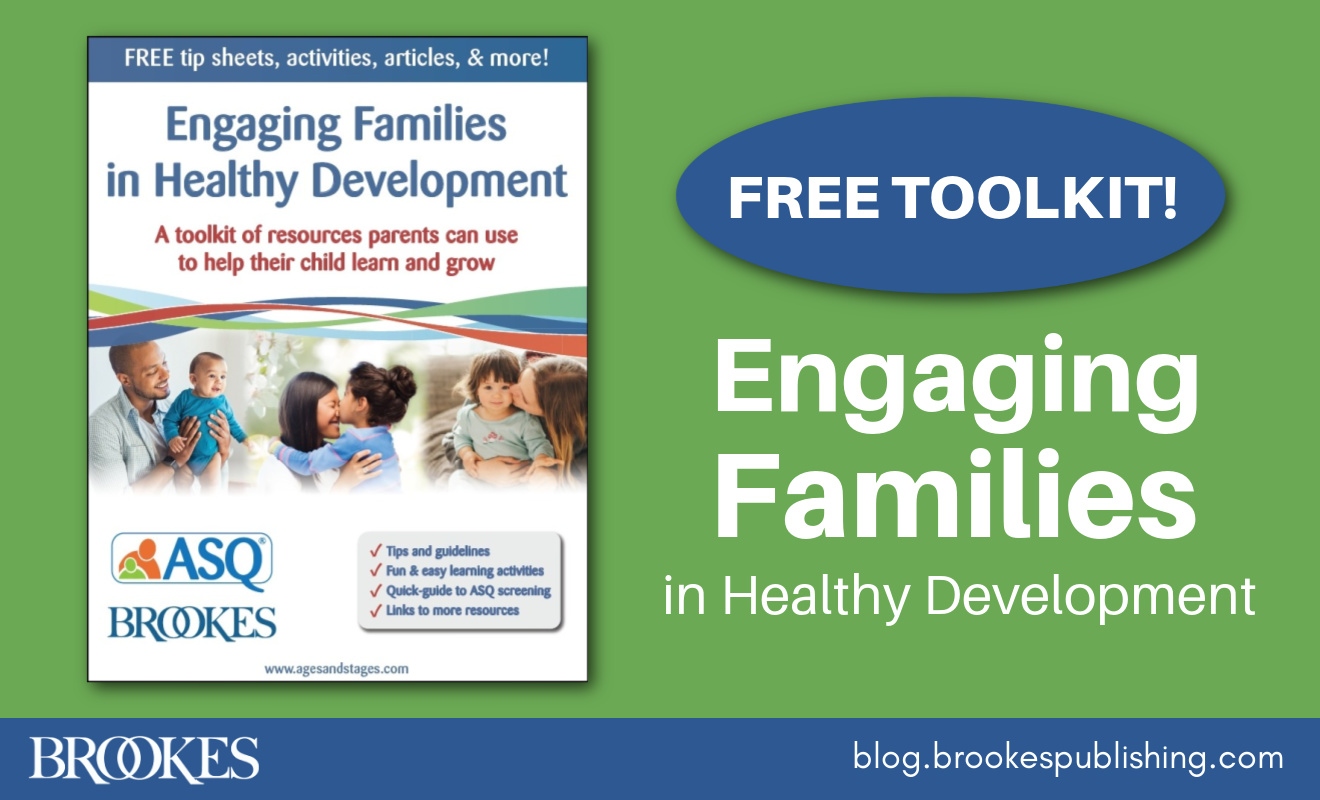
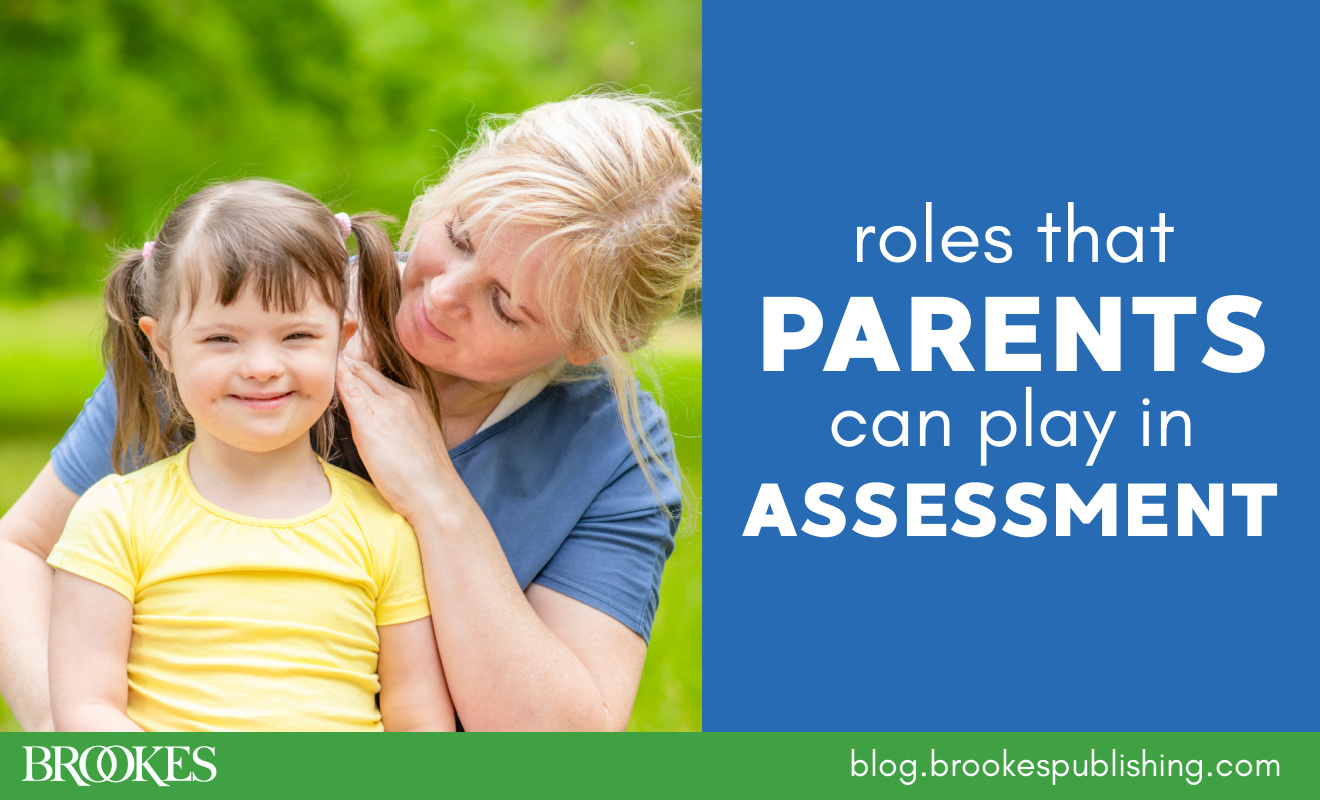
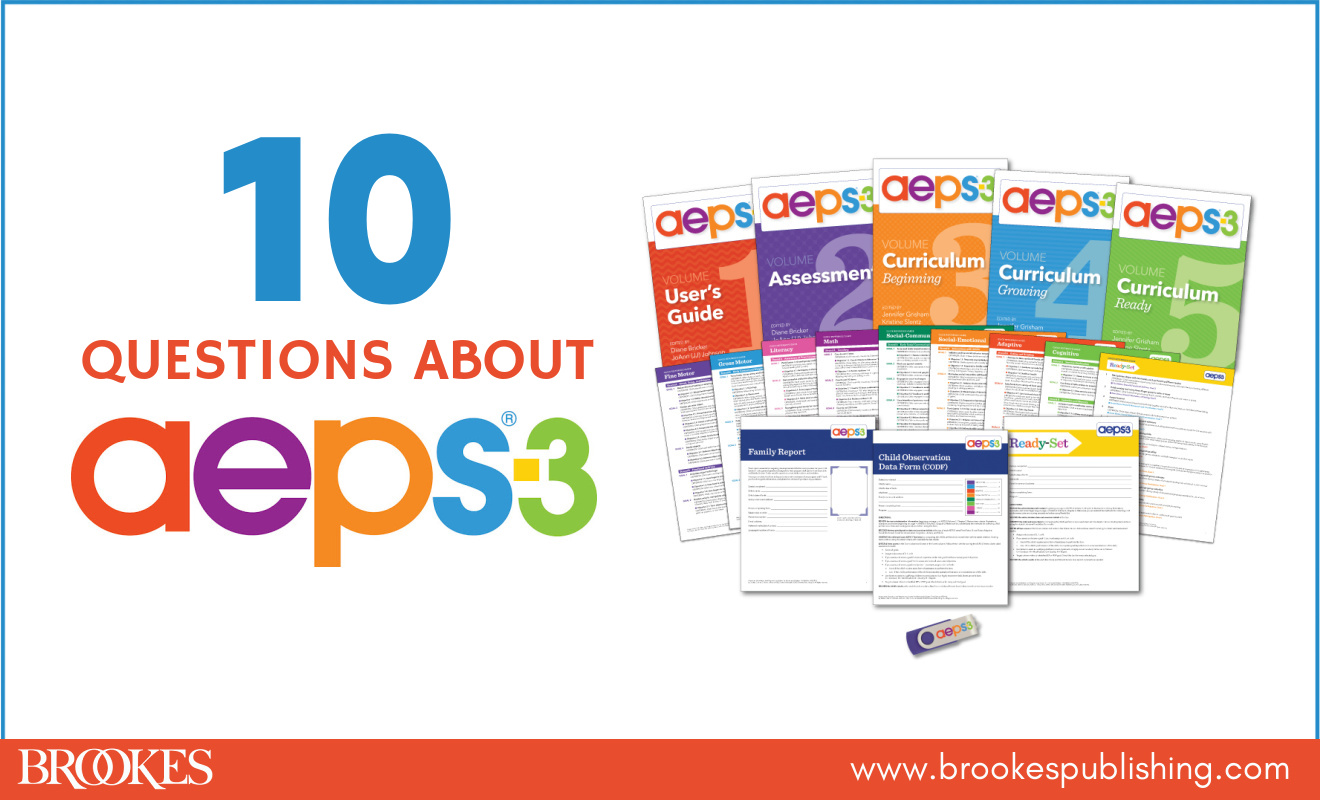
Write a Comment
Your email address will not be published. Required fields are marked *
Post a Comment